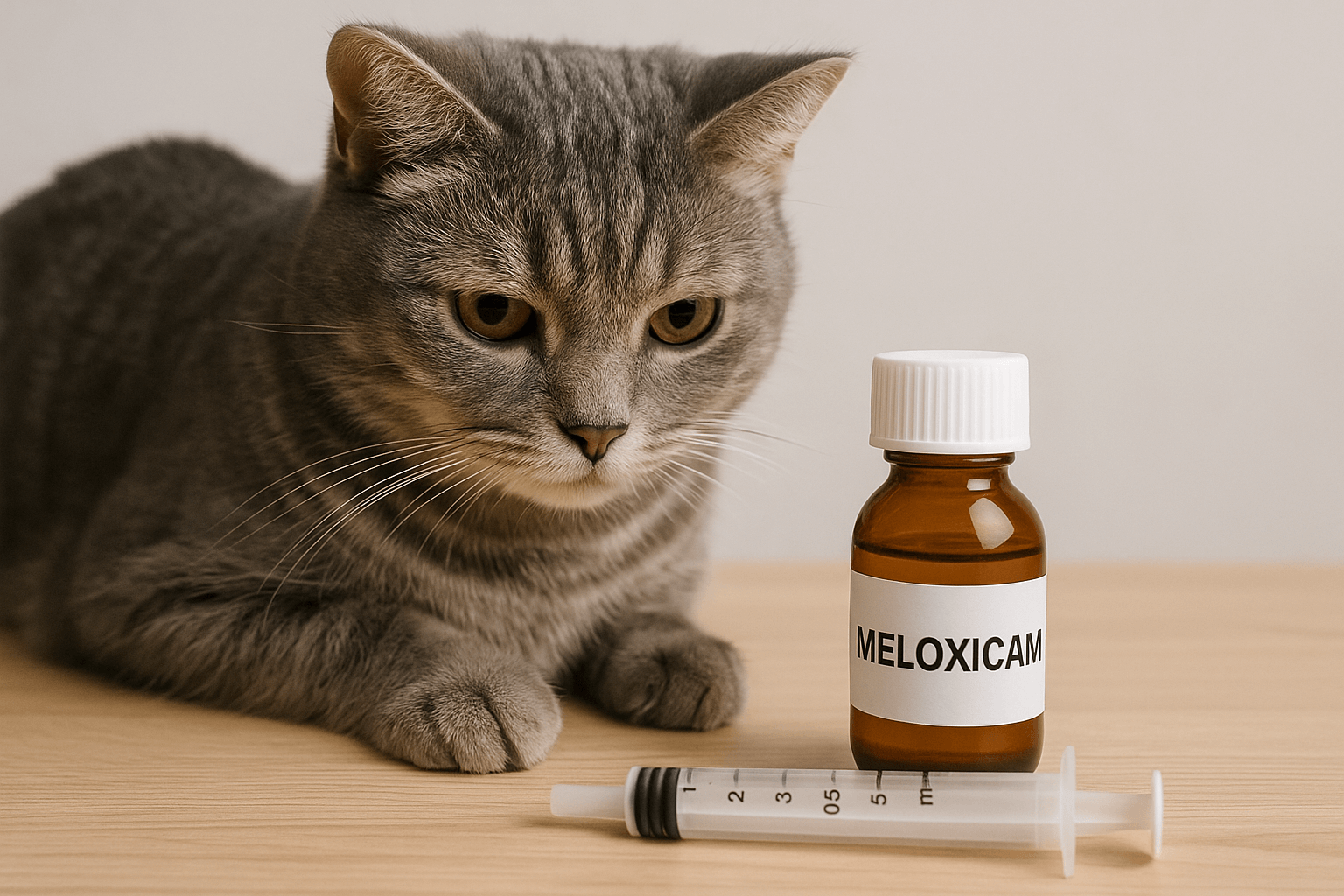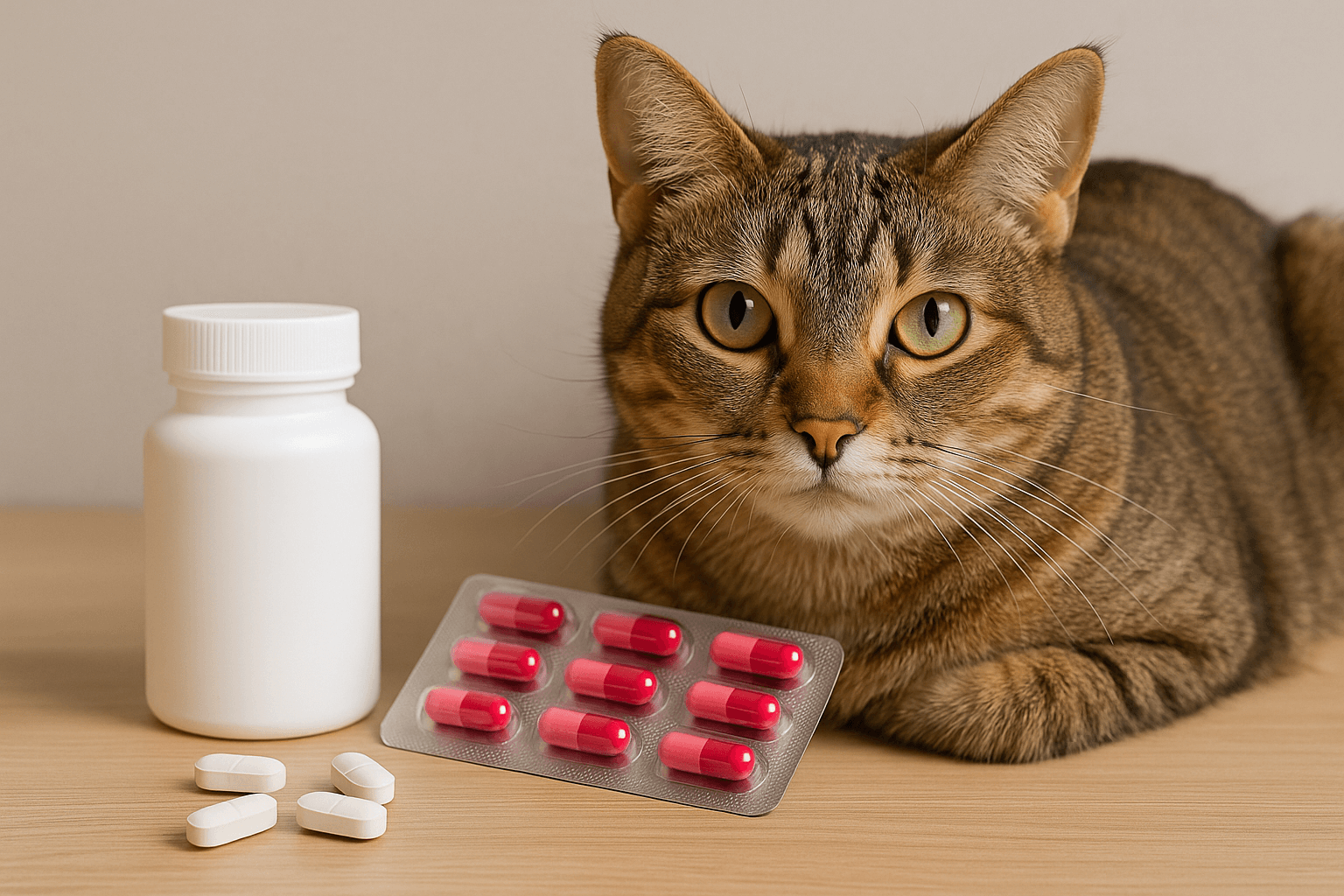Understanding Iris Atrophy in Dogs: A Closer Look
Iris atrophy in dogs is a condition that affects the colored part of the eye, known as the iris. While it may not always cause immediate discomfort or vision loss, understanding this condition is crucial for pet owners to ensure their furry companions receive the care they need. Iris atrophy often sneaks up silently, making early detection and management essential. In this blog post, we’ll explore what iris atrophy is, its causes, symptoms, treatment options, and more, providing you with the knowledge to support your dog’s eye health effectively.
What Causes Iris Atrophy in Dogs?
Before diving into the details, it’s important to understand the underlying factors that contribute to iris atrophy in dogs. This condition can arise from various causes, ranging from natural aging processes to specific health conditions. Below are some key contributors:
Aging : As dogs grow older, the tissues in their eyes naturally weaken, leading to degeneration of the iris.
Genetic Predisposition : Certain breeds, such as Siberian Huskies and Miniature Schnauzers, are more prone to developing iris atrophy due to inherited traits.
Uveitis : Chronic inflammation of the uvea (the middle layer of the eye) can damage the iris over time.
Trauma : Physical injuries to the eye can result in scarring or thinning of the iris tissue.
Glaucoma : Increased intraocular pressure can lead to structural changes in the eye, including iris atrophy.
While these causes differ in origin, they all share one common outcome: a gradual weakening of the iris tissue. Identifying the root cause is vital for effective management and treatment.
Recognizing the Symptoms of Iris Atrophy
If you suspect your dog might be experiencing iris atrophy, being aware of the symptoms is key to seeking timely veterinary care. The signs of this condition can vary depending on its severity, but here are some common indicators to watch for:
Changes in Eye Color : The iris may appear faded, discolored, or uneven in pigmentation.
Light Sensitivity : Dogs with iris atrophy may squint or avoid bright light due to increased sensitivity.
Pupil Shape Irregularities : The pupil may lose its round shape and appear distorted or asymmetrical.
Vision Impairment : In advanced cases, dogs may exhibit difficulty navigating familiar spaces or bumping into objects.
Visible Thinning of the Iris : Upon close inspection, the iris tissue may look thinner or even have small holes (iris coloboma).
Recognizing these symptoms early can help prevent further complications and improve your dog’s quality of life. If you notice any of these signs, consult your veterinarian promptly for a thorough evaluation.
Check this guide 👉Understanding Paroxysmal Dyskinesia in Dogs: Best 7 Tips!
Check this guide 👉Understanding Cefpodoxime for Dogs: Best 7 Health Tips!
Check this guide 👉Understanding Soft Tissue Sarcoma in Dogs: Best 7 Tips!

Symptoms of Iris Atrophy | Management Tips |
|---|---|
Changes in Eye Color | Regular vet check-ups |
Light Sensitivity | Use protective eyewear outdoors |
Pupil Shape Irregularities | Avoid harsh lighting environments |
Vision Impairment | Create a safe, obstacle-free home |
Visible Thinning of Iris | Monitor eye health closely |
Treatment Options for Iris Atrophy
While there is no definitive cure for iris atrophy, several treatment strategies can help manage the condition and alleviate discomfort. These approaches focus on addressing symptoms and preventing further deterioration. Here’s what you need to know:
Veterinary Monitoring : Regular eye exams allow veterinarians to track the progression of iris atrophy and adjust care plans accordingly.
Medications : Anti-inflammatory drugs or eye drops may be prescribed to reduce irritation and swelling.
Surgical Interventions : In severe cases, surgery may be recommended to repair structural damage or address complications like glaucoma.
Environmental Adjustments : Reducing exposure to bright lights and creating a low-stress environment can make a significant difference.
Nutritional Support : Providing a balanced diet rich in antioxidants can promote overall eye health.
By working closely with your veterinarian, you can develop a tailored plan to manage iris atrophy effectively and ensure your dog enjoys a happy, healthy life.
Preventive Measures Every Dog Owner Should Know
Prevention plays a crucial role in minimizing the risk of iris atrophy and maintaining your dog’s eye health. Even if your dog isn’t currently showing symptoms, implementing preventive measures can go a long way. Consider the following tips:
Routine Eye Exams : Schedule annual eye check-ups to catch potential issues early.
Protective Eyewear : Use dog goggles during outdoor activities to shield their eyes from UV rays and debris.
Healthy Diet : Feed your dog foods rich in omega-3 fatty acids and vitamins A, C, and E to support eye health.
Avoid Trauma : Supervise playtime to prevent accidental eye injuries.
Monitor for Changes : Keep an eye out for any unusual behavior or physical changes in your dog’s eyes.
Taking proactive steps today can help safeguard your dog’s vision and prevent complications down the road.
Managing Daily Life with a Dog Suffering from Iris Atrophy
Caring for a dog with iris atrophy requires thoughtful adjustments to their daily routine. While the condition itself may not be curable, small changes can significantly improve your pet’s quality of life. Here are some practical tips to help you manage day-to-day challenges:
Create a Safe Environment : Remove obstacles or sharp objects from your home to prevent accidents caused by impaired vision.
Use Visual Cues : Place brightly colored mats or rugs in key areas to help your dog navigate spaces more easily.
Establish a Routine : Dogs thrive on consistency, so maintaining a predictable schedule can reduce anxiety and confusion.
Limit Stressful Situations : Avoid exposing your dog to loud noises or chaotic environments that could overwhelm them.
Provide Mental Stimulation : Engage your dog with scent-based games or gentle physical activities to keep their mind sharp.
By implementing these strategies, you can create a supportive and enriching environment that helps your dog adapt to the challenges of iris atrophy.
Supplements and Nutrition to Support Eye Health
A balanced diet and targeted supplements can play a vital role in supporting your dog’s overall eye health. While nutrition alone cannot reverse iris atrophy, it can strengthen the eyes and slow down degenerative processes. Consider incorporating the following into your dog’s diet:
Omega-3 Fatty Acids : Found in fish oil, these anti-inflammatory compounds promote retinal health and reduce dryness.
Antioxidants : Vitamins C and E help combat oxidative stress, which can damage eye tissues over time.
Lutein and Zeaxanthin : These carotenoids protect the retina and improve visual acuity by filtering harmful blue light.
Zinc : Essential for maintaining the structural integrity of the eye, zinc supports optimal vision function.
Bilberry Extract : Known for its eye-protective properties, bilberry enhances blood flow to the eyes and reduces inflammation.
With proper dietary support, you can give your dog the best chance at maintaining healthy eyes despite their condition.
Emotional Support for Dogs with Iris Atrophy
Dogs with iris atrophy may experience emotional distress due to changes in their vision or discomfort. Providing emotional support is just as important as addressing physical symptoms. Here are ways to nurture your dog’s emotional well-being:
Increase Bonding Time : Spend extra time cuddling or playing quietly to reassure your dog of your presence and care.
Use Calming Techniques : Introduce calming aids like pheromone diffusers or soothing music to ease anxiety.
Encourage Gentle Exercise : Short walks or low-impact activities can boost mood without straining their eyes.
Practice Positive Reinforcement : Reward your dog with treats or praise to build confidence during challenging times.
Monitor Behavioral Changes : Watch for signs of depression or frustration, and consult a vet if concerns arise.
By prioritizing your dog’s emotional health, you can ensure they feel loved, secure, and supported throughout their journey with iris atrophy.
Frequently Asked Questions About Iris Atrophy in Dogs
Is iris atrophy painful for dogs?
While iris atrophy itself isn’t typically painful, associated symptoms like light sensitivity or inflammation can cause discomfort.
Can iris atrophy be reversed?
Unfortunately, the condition cannot be reversed, but its progression can be managed with proper care.
Are certain breeds more susceptible to iris atrophy?
Yes, breeds like Siberian Huskies, Miniature Schnauzers, and others with genetic predispositions are at higher risk.
How is iris atrophy diagnosed?
A veterinarian will perform a comprehensive eye examination, often using specialized tools to assess the iris and surrounding structures.
Does iris atrophy lead to blindness?
In advanced cases, it can contribute to vision impairment, but many dogs adapt well with appropriate support.
Supporting Your Dog Through Iris Atrophy
Living with a dog diagnosed with iris atrophy can feel overwhelming, but with the right knowledge and care, you can provide them with a fulfilling life. By staying vigilant about symptoms, collaborating with your veterinarian, and implementing preventive measures, you’re taking meaningful steps to protect their well-being. Remember, your love and dedication make all the difference in helping your furry friend navigate this condition with grace and comfort.
Cat Fever Treatment: Best 7 Expert Tips! Discover expert advice on identifying, managing, and treating fever in cats to ensure their quick recovery and well-being.
Understanding Meloxicam for Cats: Best 7 Expert Tips! Learn how to safely administer meloxicam, manage side effects, and ensure your cat's comfort with expert advice on feline pain relief.
Amoxicillin for Cat UTI: Best 7 Expert Tips! Discover safe usage, dosage guidelines, and expert advice on treating feline urinary tract infections effectively with amoxicillin.
Understanding Cat Cancer Treatment: Best 7 Expert Tips! Discover expert advice on managing feline cancer, from early detection to treatment options, ensuring your cat’s health and comfort.





